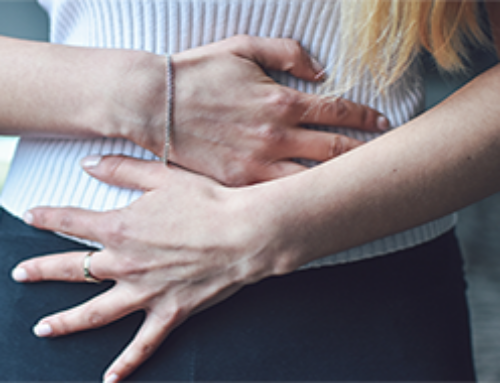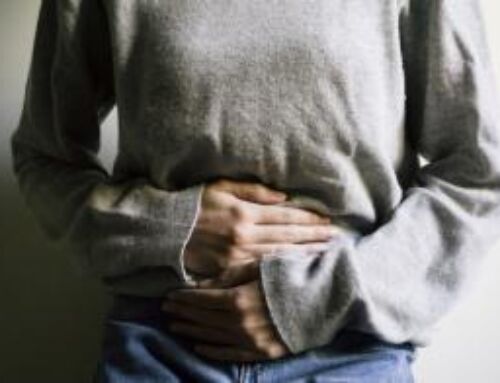TVM manufacturers’ transobturator slings and mini-slings continue to cause acute and latent injuries to the pudendal nerve.
Transvaginal mesh (TVM) manufacturers continued down the reckless path of destroying the lives of unknowing women as their transobturator slings and mini-slings continue to cause acute and latent injuries to the pudendal nerve. Most of the time time these injuries occur at Alcock’s canal due to obturator internus muscle fibrosis and spasms. The result of obturator internus fibrosis can be nerve entrapment by compression or traction causing pudendal neuralgia.
Greg Vigna, MD, JD, national pharmaceutical injury attorney, practicing physician, and Certified Life Care Planner states, “Polypropylene mesh devices that pierce and pass through the obturator internus include the transobturator slings and TVM pelvic organ prolapse devices with transobturator arms. This was not a good idea because these devices adhere to bone, shrink, scar, and degrade with ongoing inflammation, all of which causes tension within the belly of the obturator internus muscle—a muscle required for mobility as it rotates the femur when the hip is extended and abducts the femur when the hip is flexion.
“My firm represents dozens of women with obturator neuralgia and their lives in large part have been needlessly destroyed. ” — Dr. Greg Vigna
Dr. Vigna explains, “Anatomically the obturator internus muscle is adjacent to the pudendal nerve at Alcock’s canal. Obturator muscle fibrosis has been described in the literature to cause pudendal nerve entrapment. Despite this fact the manufacturers don’t list pudendal neuralgia either acutely or years after implantation as a risk.”
Dr. Vigna adds, “It looks like the remaining manufacturers in the marketplace don’t believe obturator neuralgia is a serious issue with their devices as their paid consultants double down on their deceptive literature. Dr. Vincent Lucente who has been paid by Ethicon over 1.7 million dollars published an editorial in Clinics in Surgery regarding persistent groin pain following TVM devices.”
“Unfortunately, due to the widespread plaintiff lawyer solicitation of mesh complications both patients and implanting surgeons become erroneously convinced that the mesh implant itself is causing the groin pain…micro-tears (that occur during positioning during surgery) will occur to create a cycle of chronic groin pain.”
Dr. Vigna adds, “My firm represents dozens of women with obturator neuralgia and their lives in large part have been needlessly destroyed. My clients’ pain is not caused by soft tissue micro-tears. Dr. Lucente’s editorial is just silly talk. I suggest that Dr. Lucente reflect on his meeting in Hamburg in June of 2006 with Ethicon employees where they identified ‘unmet needs’ of the mesh which included no shrinkage, no long term contraction, reduced fibrosis, elasticity simulating physiology, and less inflammatory response. These are the exact issues with mesh that cause obturator internus muscle fibrosis and spasm that causes pudendal neuralgia at Alcock’s canal. Pudendal neuralgia and obturator neuralgia TVM cases that have gone to verdict have averaged 37 million dollars. I have the trial teams to go the distance and are prepared to litigate these devices off the market.”
Dr. Vigna is a California and Washington DC lawyer who focuses on catastrophic neurological injuries caused by transvaginal mesh devices including pudendal neuralgia, obturator neuralgia, ilioinguinal neuralgia, and Complex Regional Pain Syndrome. He has clients with these diagnoses with cases filed around the country with Martin Baughman, a Dallas, Texas firm. Ben Martin and Laura Baughman are national pharmaceutical injury trial attorneys based in Dallas.
Click here for a FREE BOOK on Vaginal Mesh Pain. For articles, video resources, and information visit the Pudendal Neuralgia Educational Portal or https://tvm.lifecare123.com/. Click here for information regarding sling related complications.
Resources:
https://www.judgments.fedcourt.gov.au/judgments/Judgments/fca/single/2019/2019fca1905/summary/2019fca1905-summary
Alcock Canal Syndrome Due to Obturator Internus Muscle Fibrosis. Muscle & Nerve 42: 431-432, 2010.
http://www.clinicsinsurgery.com/full-text/cis-v3-id1922.php
Greg Vigna
Greg Vigna, M.D., J.D.
+1 800-761-9206
email us here
Visit us on social media:
Facebook
Twitter
LinkedIn





